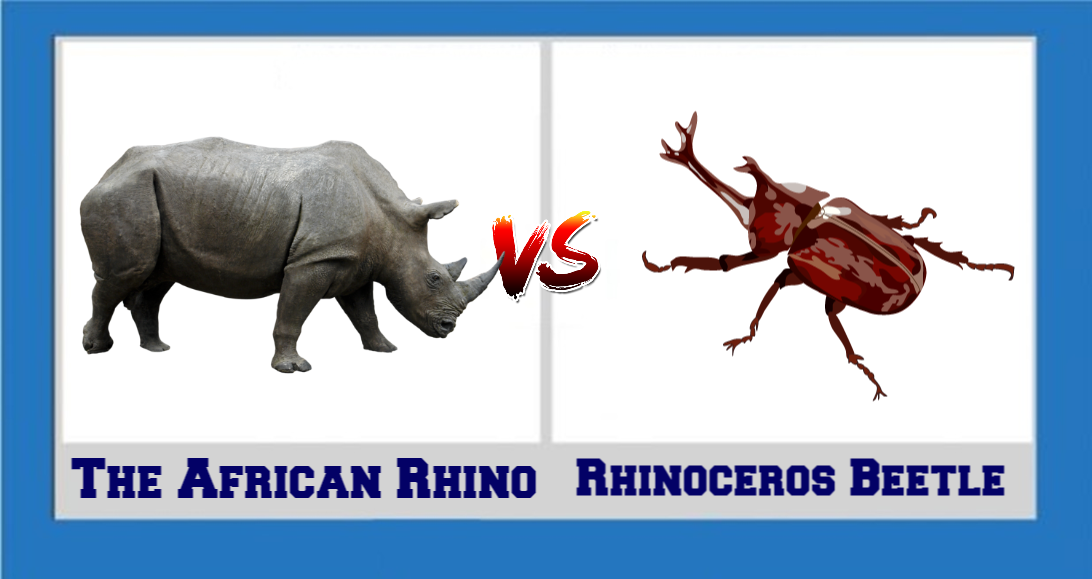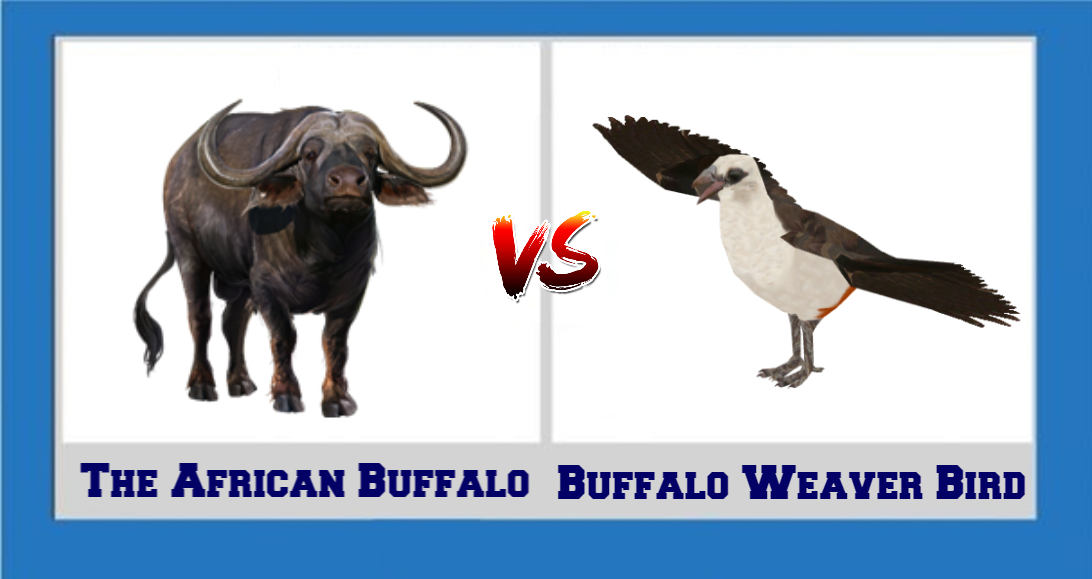Tanzania Destinations: Big 5 V/S Small 5
During your Tanzania Destinations, take your camera, adjust its lenses, zoom in, click and capture the small five. While the “Big Five” steals the attention almost every time, we suggest you go big on the “Little Five” and have endless fun moments with the little ones. Take the cue, time to go “Waah in the Savannah” to feel the gentle breeze touch your face and live as your adrenaline spike up as you spot one of these animals in the pristine wilderness of Africa. Don’t try to belittle the small five because there are some very good reasons why they derive a part of the names from there bigger counterparts. Now, here is a brief description of them.

The African Leopard- Leopard Tortoise
1) During your tour to Tanzania Destinations, you can watch or catch this little fellow grazing on the dry grass.
2) This type of tortoise is also known for taking shelter in the deserted burrows of other animals.
3) The reason they got this name because of the shells that are coloured in gold and black reminding us of the skin colour of leopards.
4) They are known for being extremely flexible and for their strong & powerful shells. Moreover, they can also swim, climb and live as long as 100 years.
5) As far as its bigger counterpart is concerned, they are considered loners and hanging on top of the trees with eager eyes to pounce on its prey suddenly. They are well known for hiding in plain sight tactfully. They have all the qualities making them a great hunter.

Where to see them?
You can find these rare and exotic animals normally living alone and you can discover them mostly on the quiet stretches of the road throughout sub-Saharan Africa as well as in semi-arid areas of scrubland and Savannah of Africa. Say Hello to them when you visit Tanzania Destinations. African leopards can be seen in Sub-Saharan & North-east Africa.
The African Lions- Ant Lion
1) It is the smallest member in the ‘Small Five’ club. The reason they are ant-lions because of their natural ability to dig funnel-shaped holes in the soft dry sand to trap smaller unsuspecting ants and pounce on them swiftly.
2) Its savage temperament & aggressiveness that resembles their bigger counterpart made the local people give this type of name to this specific breed or species of ant.
3) They are known for sucking their prey dry with their hollow jaws & toss the carcass out-of-the-way like it is nobody’s business & set their eyes on the next victim.
4) Lions, the bigger counterparts are known for their thunderous roar that can bring anyone to their knees and protecting their territory. They are the only cats in the animal kingdom known for living in social groups called Prides. Their impressive size and appetite, strong social unity and royal & majestic appearance make it clear as to why they are known as kings of the Jungle.

Where to see them?
You can find the smaller counterpart either during your safari in Kenya or during your Tanzania Safari Tours, whereas African lions can be found in Maasai Mara National Reserve during your safari in Kenya and in Ngorongoro Conservation Area in Tanzania.
The African Rhino – Rhinoceros Beetle
1) It got its name because of its interesting body armour and hooked horn that resembles its bigger counterparts.
2) Both the males and females of this particular insect species have these hooked horns.
3) These horns are specially used by the male Rhinoceros Beetle to fight over territory and to find food over rotting tree trunks.
4) You can spot these ferocious looking beetles springing to life only during the night time.
5) The diet of this specific beetle comprises of fruit, bark, sap and vegetable and you can still find them in the list of the strongest creatures in the world in proportion to their body weight.
6) The bigger counterparts “The African Rhino” or the Black Rhinos. When it comes to Rhinos, the male ones are known as brave battle attackers & females are known for using the horns to protect their young ones.

Where to see them?
You can spot Rhinoceros Beetle mainly during your Tanzania Safari Tours or during a Kenyan safari and the bigger counterpart can be found in Mkomazi National Park in a Tanzanian safari.
The African Buffalo – Buffalo Weaver Bird
1) You can call it either a white-headed buffalo weaver or the white-billed buffalo weaver or red-billed buffalo weaver, whatever may you like.
2) These birds are true to its name because they are known to weave intricate nests from the things ranging from dry glass to small sticks and live with yellow birds yapping away happily.
3) Photos of such birds will be valuable for you if you are interested in bird’s photography. You can capture some classic shots while they are feeding on the seeds, fruits and small insects.
4) If you are really lucky then you can spot them feeding on scorpions.
5) The African buffalo is also known as the “Cape Buffalo” and also makes it to the top of the most dreaded creatures in the hunter’s list. They are also known for exhibiting the strong sense of responsibility towards their kind.

Where to see them?
You can spot the Buffalo Weaver Bird in East African countries like Kenya or during African Safari Tours of Tanzania. You can also catch “The African buffalo” hunting at the Ngorongoro Conservation Area or Serengeti National Park on your next Tanzania Safari.
The African Elephant – Elephant Shrew
1) It is one of the most pleasant full animals in all of the small five.
2) It feeds on insects with their tiny trunks just like anteaters and hedgehogs.
3) They can also sniff out insects with their flexible tiny trunks and can also flick into their mouths through their trunks.
4) These cute mammals are known for facing and braving multiple weather conditions during their lifetime.
5) Although they are huge in number, but still it is the most difficult task to sight them amongst the little five.
6) The African Elephant is their bigger counterpart also known as the “Gentle Giants Of The Wild”. They are the most social and peaceful animals that you will encounter during your safari rides

Where to see them?
Elephant Shrew can be found in the range of habitats including desert and dense woodland, distributed throughout Southern Africa including your Tanzania Destinations. You can also catch these big “African Elephant” in action during your tour in Tarangire National Park in Tanzania,
Well, have fun at the sheer lustre of watching both The Big 5 & Small 5 in action. During your Tanzanian Safari Tours, you can ask for our tour guide about your desire to see both these big & small African creatures at the same time. Please Contact Us for more info or email us about your desires.

















